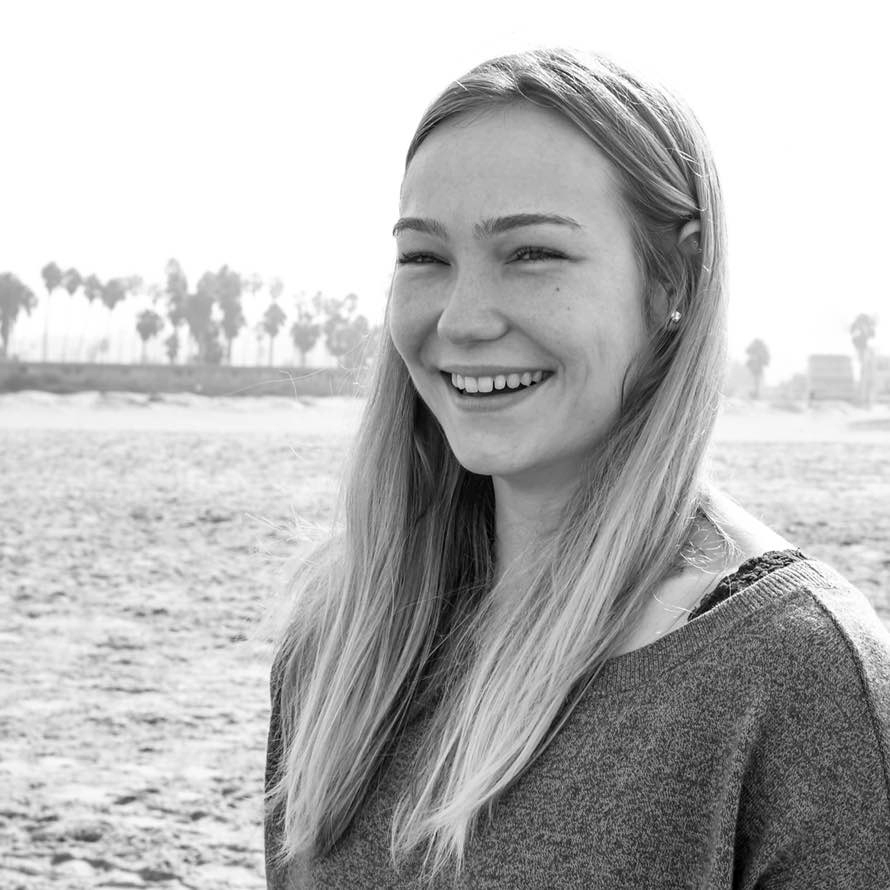Elizabeth Bird
University of California, San Diego
The aim of this project is to engineer and prototype a mobile, flexible, compact, and adjustable lower body negative pressure, LBNP, device that integrates with an exercise device, for use in small space craft performing long duration missions. The application of LBNP and exercise will counteract the headward fluid shift and unloading that occur in the absence of gravitational stress. This is important for preserving astronaut physiology during long duration, deep space missions. The designed integrated LBNP and exercise device will protect the neuro-ocular system, prevent cardiac and skeletal muscle losses, counteract bone remodeling and weakening, and preserve astronaut balance and coordination. This design will address 2 current high risk physiologies associated with long duration space flight: increased risk of fracture due to bone changes in space and spaceflight associated neuro-ocular syndrome. Specific challenges that must be addressed to develop an optimized solution are compact, adjustable design with effective countermeasure delivery that fits within Orion and cislunar capsule dimensions, power supply that keeps device mobile and untethered for hours of pressure application, and integration of exercise equipment into the LBNP device in a manner that maintains pressure seals and promotes good exercise mechanics.
There are 5 aims that must be accomplished. These are optimizing the size and shape of the LBNP device based on space craft size and achievable dose response curves of the countermeasure, choosing a vacuum and power supply to facilitate mobility, testing materials to ensure flexibility and collapsibility, integrating the LBNP device with the exercise device, and testing the effect of device use on the surrounding space craft environment. The success of these aims will be assessed with the hypotheses listed below.
- A minimum LBNP and exposure area will generate foot-ward shifts of central and cephalad blood volume, measured by bioelectric impedance, in a compact space.
- Our optimized LBNP device design combined with supine exercise will increase lower body fluid volume, measured by bioelectrical impedance, achieve ground reaction forces, measured with insole pressure sensors, and activate anti-gravity muscles, measured with EMG, in a manner equivalent to upright exercise on Earth.
The significance of this research project is that it will prevent SANS, cardiovascular deconditioning, musculoskeletal loss and orthostatic intolerance. The loading provided by combining LBNP with exercise will create a sense of upright posture and exercise similar to Earth, facilitate proprioceptive feedback during exercise, engage abdominal and spinal stabilizing muscles by load-bearing vest, and mitigate microgravity induced decalcification and increased fracture risk. The innovations proposed for this device are its compact and adjustable size and designed integration with exercise equipment, allowing it to address many of the size constraints currently limiting the use of combined exercise and LBNP systems in space.





























